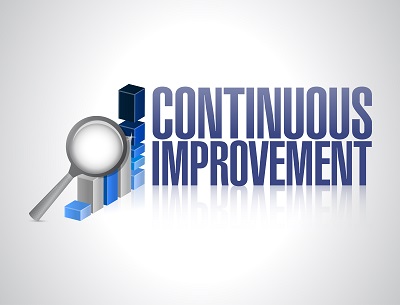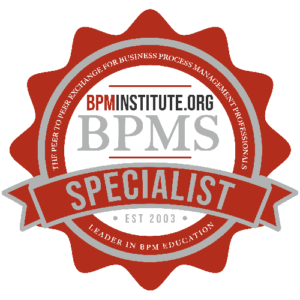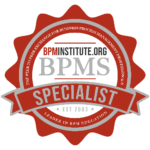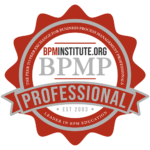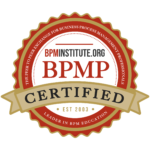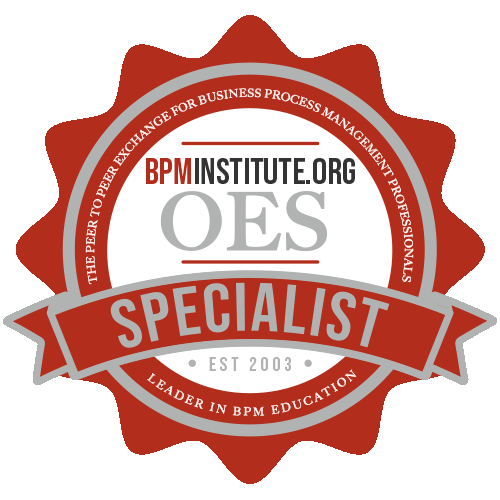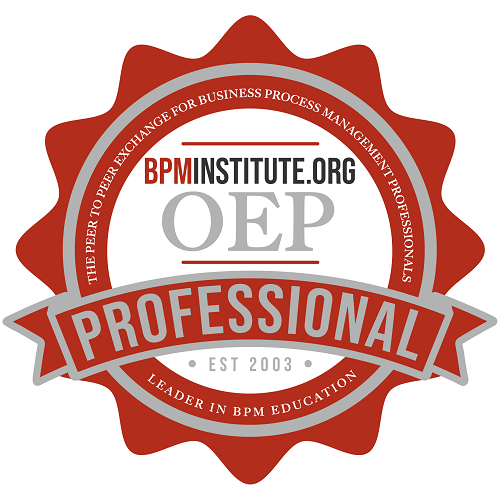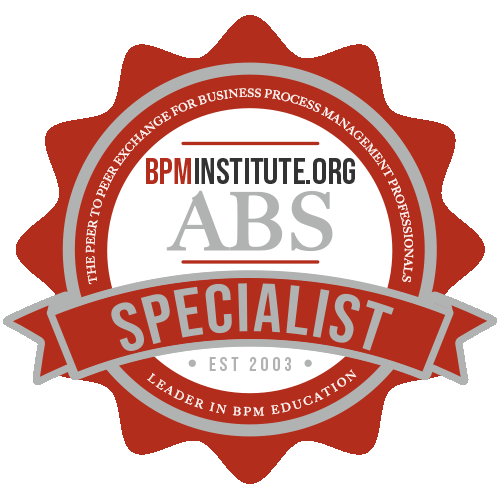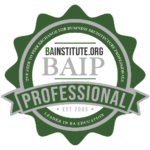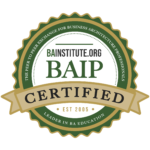You can’t improve something which you cannot measure. This is a basic tenet in six-sigma and many other process improvement methodologies. Yet few organizations even consider trying to objectively measure any aspect of the quality of the process models which they implement at the core of their process improvement initiatives. Fortunately, this is an area where the use of a BPM platform offers significant advantages over other technical approaches. The fundamental difference between a BPM solution and a traditional code solution is the existence of an explicit representation of the business process, including the steps, their sequencing, branching and looping, worker assignments and external interfaces. This process representation makes it possible to reason about the characteristics of a BPM solution in ways that are much more difficult with other technologies.



